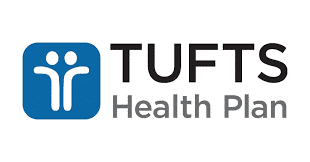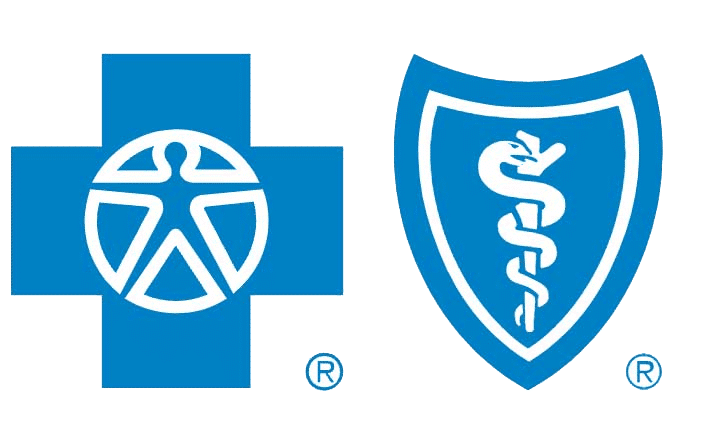What is Heroin Addiction Treatment?
Heroin addiction treatment addresses the widespread disease of heroin dependency across the United States. According to a report by the Substance Abuse and Mental Health Services Administration, approximately 1.1 million people aged 12 or older in the US used heroin in 2021. An addiction to heroin often requires comprehensive treatment, the type that incorporates a combination of medication, therapy, and support groups.
The first step in treating heroin addiction is usually detoxification. A detox is done to clear the body of the drug. This process typically involves medication-assisted treatment to ease withdrawal symptoms and cravings. This can involve using controlled levels of methadone, buprenorphine, or naltrexone, and this can be combined with behavioral therapies.
Therapies focus on modifying the patient’s behavior and attitudes related to drug addiction. Support group therapy, for instance, supplies a community-based approach with individuals facing similar challenges, where emotional and moral support can be shared. Individual therapy and medication management can be incorporated into both short and long-term care.
A multi-faceted approach is essential for effective treatment and recovery from heroin abuse. That is what is gained through Topsail.
Topsail: Heroin Addiction Treatment Massachusetts Specialists
Topsail is a specialist heroin addiction treatment center created to help Massachusetts residents suffering with heroin addiction. Recognized as one of the top heroin rehab centers in the state, we have the experience and skills required to help addicts regain control of their lives – and leave substance addiction in the past.
Our modern, state-of-the-art treatment center is located in Andover, MA. This heroin rehab center is not just welcoming, it is also set up to help patients from the detox stage up to therapy structured for long-term sobriety.
In terms of treatment options, we offer the following services:
Overview of Topsail's Cocaine Treatment Programs
Full-Day treatment programs, sometimes called “partial hospitalization programs” or “PHP,” is the highest level of drug and alcohol treatment in an outpatient setting. Consisting of 5 to 6-hour sessions 5 days a week, the intensive Day program at Topsail Addiction Treatment has been created to help patients with significant addiction, and substance abuse issues. It is well suited for individuals who are either beginning their rehab journey or as a transition for people who have recently completed inpatient addiction treatment (PHP is usually the next step after detox and/or residential treatment is complete).
An intensive outpatient program, or IOP, is an immersive treatment program that helps individuals with substance abuse and addiction or alcohol problems while they live at home. IOPs are programs designed so the patient can live in their own residence or a sober living home and take part in an immersive program of continuing treatment at the facility
Weekly Outpatient addiction treatment (OP) tends to be more flexible and less restrictive than inpatient programs. Outpatient recovery programs usually require a specific number of hours and days per week spent visiting a local treatment center.
During these treatment sessions, patients will focus on drug abuse education, individual and group counseling, and learning coping strategies for living with addiction. Outpatient alcohol rehab can be an excellent standalone option or part of a long-term treatment program. Outpatient addiction treatment can last three to six months — something similar to inpatient treatment — or for longer if required.
The treatment you receive is determined after initially consulting with one of our medical professionals. They will take into account your current situation, level of addiction, and other points, coming up with customized treatment options that best match up with these aspects. The result: you get the best treatment for your unique needs and heroin addiction recovery.
How Does Heroin Addiction Happen?
There are various factors that contribute to a heroin addiction. Even though people are aware about the harmful consequences, it is characterized by compulsive drug seeking and use. Initially, individuals may try heroin due to curiosity, peer pressure, or as an escape from stress or trauma. Heroin is an opioid that quickly influences the brain’s reward system by increasing the release of dopamine, which induces feelings of pleasure and euphoria.
This causes people to continue chasing these highs. However, repeated heroin use alters the brain’s chemistry. That leads to tolerance, where higher dosage levels are necessary to achieve the same effect. The increase in tolerance coincides with the increase in dependence, where the body demands the drug to function normally.
On this subject, a crucial role is also played by psychological addiction. Heroin’s euphoric effect can become a coping mechanism for negative emotions or situations, which sees the drug being used as a habitual response. Social, genetic, and environmental factors can also increase the chances of addiction, making heroin a highly addictive substance that traps users in a cycle of dependence.

The Impact of Heroin Addiction
As a severe form of substance abuse, it should come as no surprise heroin addiction comes with numerous damaging side effects. These can contribute to mental illness and physical issues.
Increased risk of infectious diseases
Heroin users, especially those who inject the drug, face a higher risk of contracting infectious diseases like HIV and hepatitis C. This is down to needle sharing and other unsafe injection practices.
Respiratory problems
Those that take heroin can suffer from respiratory arrest. This is because the drug slows down breathing rates. Chronic heroin use can cause significant lung complications – including pneumonia and tuberculosis – while extreme cases can see it be life threatening due to it stopping a person’s breathing.
Cardiovascular issues
Injecting heroin can also result in cardiovascular issues. The reason is that, by injecting the drug, it can lead to collapsed veins and bacterial infections of the blood vessels and heart valves. These problems can have long-term health impacts.
Mental health disorders
Heroin use is associated with causing further damage to existing mental health conditions. Additionally, it can see the development of conditions like depression and anxiety, which further complicates the recovery process.
Cognitive impairment
Chronic heroin use can see a person experience cognitive decline. This can affect functions like attention, decision-making, and memory. In extreme cases, it can potentially cause long-term brain damage.
Social and behavioral changes
It’s common for heroin addiction to strain relationships, cause social isolation, and see responsibilities being neglected. Illegally obtaining the drug can also severely impact the social and professional lives of addicts.
Heroin Detox and Withdrawal Symptoms
Heroin withdrawal is an important first step towards recovery. However, a heroin detox, like with any addictive substance, can cause severe withdrawal symptoms – particularly if the addict abruptly stops using the drug. The onset of these symptoms can be quick, with them sometimes starting just a few hours after the last dose of heroin.
Although withdrawal symptoms vary for each individual, common symptoms include:
- Physical symptoms: There are various physical symptoms associated with heroin withdrawal symptoms. These include sweating, shaking, nausea, diarrhea, and vomiting. Some individuals could also experience general physical discomfort, which can extend into extreme body aches and pains. Additionally, a rapid heart rate and blood pressure spikes are possible.
- Psychological symptoms: Anxiety and depression are common mental health issues associated with heroin withdrawal. Additionally, people can experience intense mood swings, as well as feelings of agitation and restlessness.
- Sleep problems: Insomnia is a common symptom during a heroin detox. Even if someone manages to fall asleep, it usually isn’t undisturbed. Due to this, it can contribute to a cycle of fatigue and discomfort.
- Flu-like symptoms: Many addicts going through heroin withdrawal describe the experience as akin to having a severe flu. Fever, chills, runny nose, excessive sweating – these are all symptoms that can occur.
- Intense cravings: Intense heroin cravings are natural for those attempting to stop using the drug. These cravings are not just powerful, but also last long after other withdrawal symptoms have subsided. This makes it one of the most challenging aspects of a heroin detox.
Start Your Heroin Addiction Treatment Program Today
Find your path to recovery from heroin addiction today with Topsail. Whether you require an expertly guided detox in a safe, supportive environment, or an outpatient program that delivers flexible yet intensive treatment, you can find it at our Massachusetts treatment center.
Get ready to embrace a healthier future. With our support, where compassionate professionals, a nurturing community, and effective treatment solutions come together, you can reclaim control from heroin addiction and rebuild your life.















